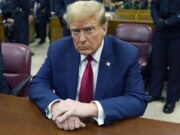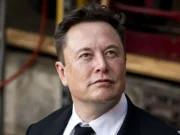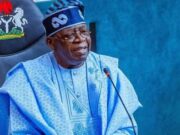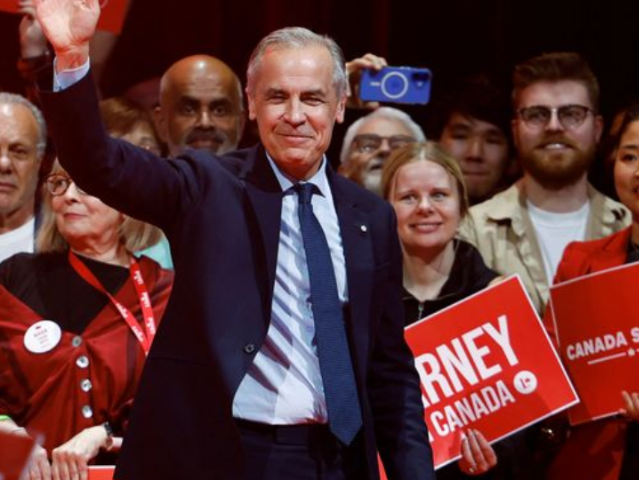Mark Carney’s Liberal Party has secured a major victory in the Canadian election, overturning expectations and claiming a fourth straight term in office. After polls closed, early projections showed the Liberals winning more seats than the opposition Conservative Party, though it remains unclear whether they will form a majority government or work with smaller parties.
In his victory speech in Ottawa, Carney accused U.S. President Donald Trump of trying to “break” Canada by attacking its economy and sovereignty. Carney vowed to stand firm, promising that Canadians would fight back to protect their independence and interests.
Earlier in the campaign, polls suggested the Liberals were heading toward a major defeat. However, Trump’s remarks about making Canada the 51st U.S. state sparked a strong wave of nationalism. That shift in mood helped the Liberals regain momentum and turn the election in their favor.
Flashback to earlier elections, former Prime Minister Justin Trudeau had also faced pressure from rising costs of living, which weakened the Liberal brand. Conservative leader Pierre Poilievre tried to capitalize on this by branding himself as “Canada’s anti-woke prime minister,” but his campaign struggled after he echoed some of Trump’s controversial rhetoric. In a stunning twist, Poilievre even lost his own parliamentary seat to a Liberal challenger.
Mark Carney, a former Bank of Canada and Bank of England governor, stepped into leadership earlier this year after Trudeau stepped down. His campaign focused on resisting U.S. economic pressure and building a stronger, more independent Canada.
Carney emphasized in his speech that the world had changed and warned Canadians to prepare for tough decisions ahead. He promised support for workers and businesses as Canada moves to rely less on its southern neighbor.
If the Liberals fall short of a majority, they will need to negotiate with smaller parties to stay in power — a situation that rarely lasts beyond two and a half years in Canadian politics. Still, Carney’s win marks one of the most dramatic political turnarounds in modern Canadian history.


























